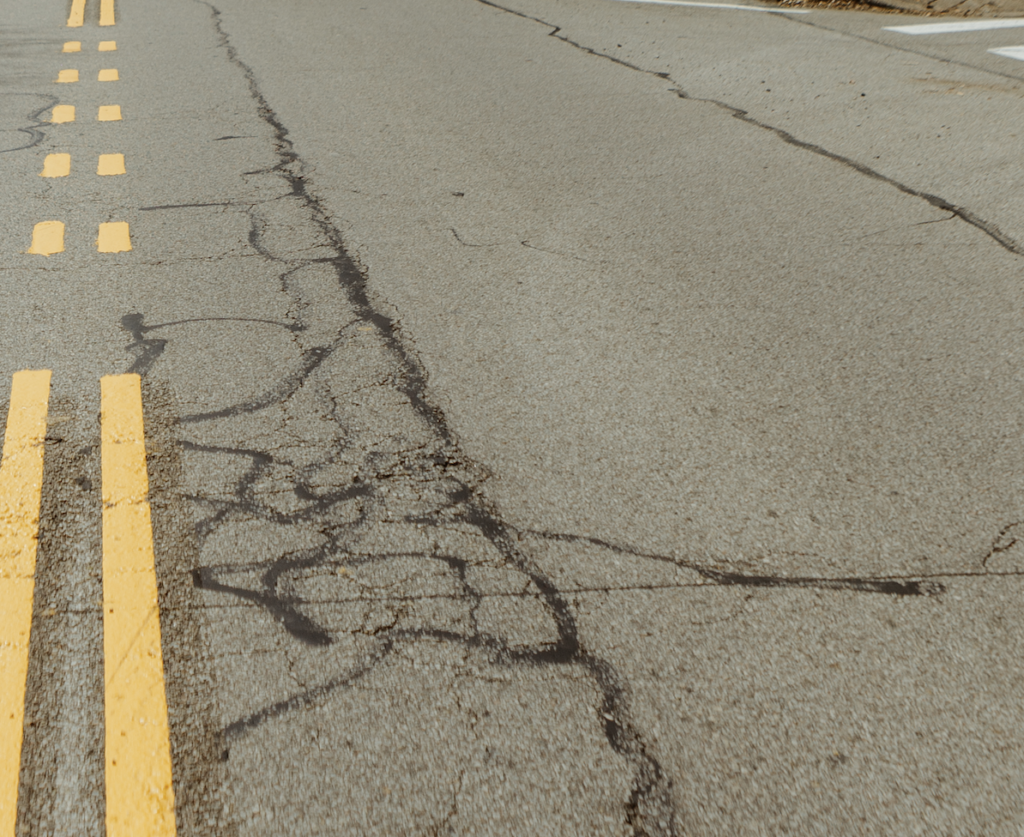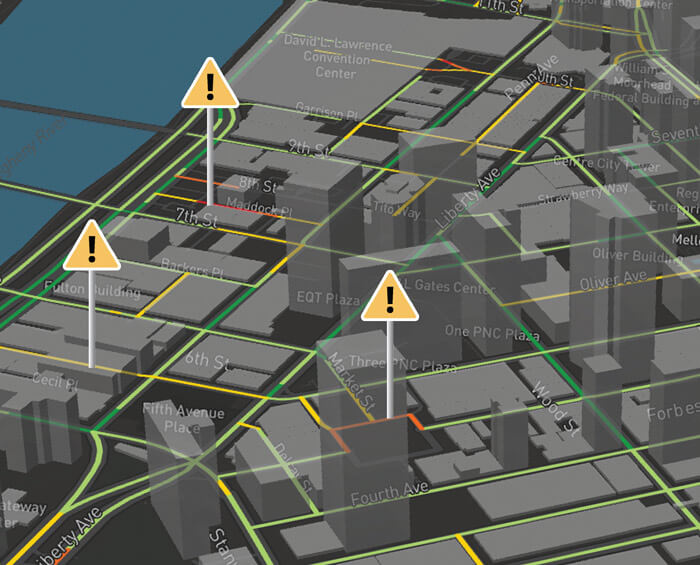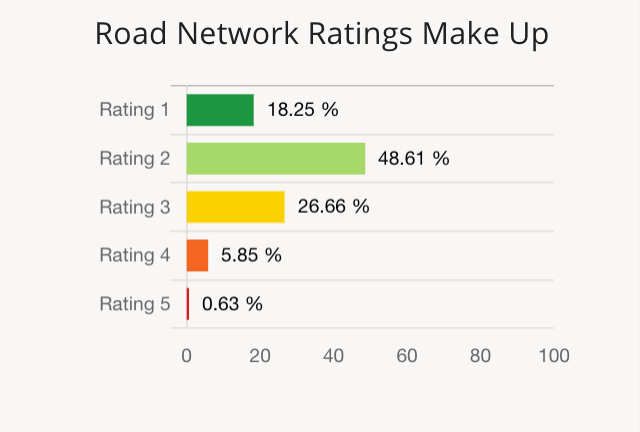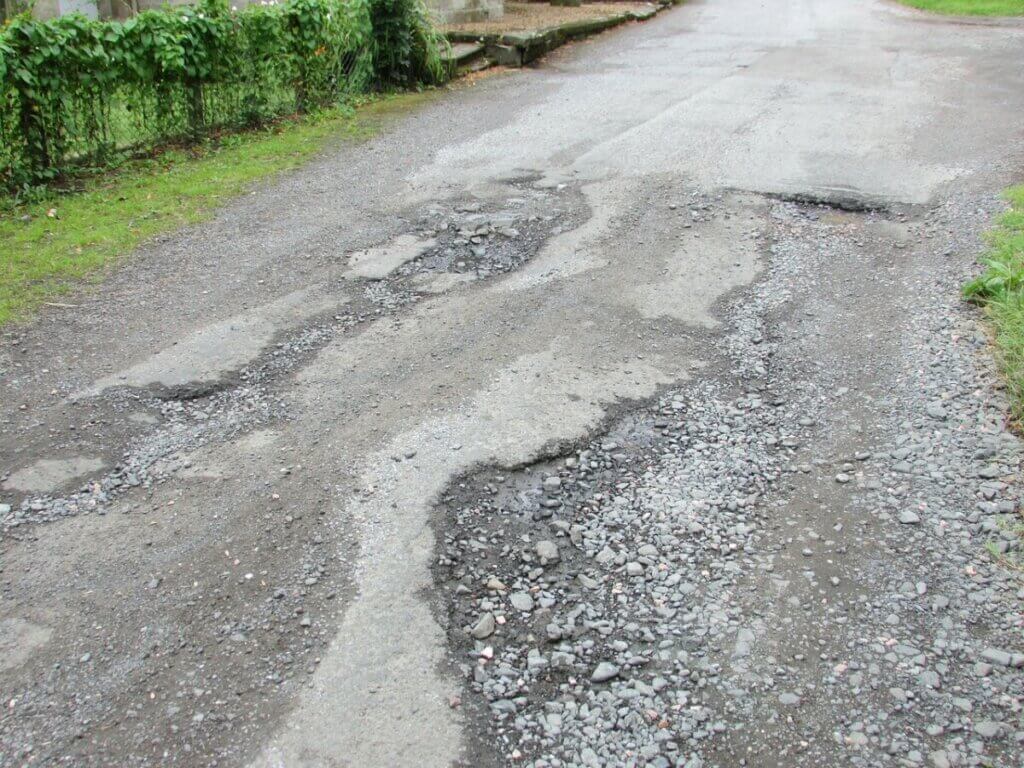
The 4 million miles of road network in the United States is one of the most important, yet most expensive, parts of its infrastructure to manage and maintain. Roads provide the foundation for economic growth and social benefits for a community by connecting all of its businesses, resources, and residents. Citizens rely heavily on road networks as the primary method to mobilize and interact with their environment safely.
The responsibility of ensuring safe road conditions and connectivity falls on municipal leaders. Faced with this responsibility, they are in the incredibly difficult position of managing the budget. By taking a systematic approach to pavement management, they can best allocate resources for short term and long term benefit.
A pavement management plan is essential for keeping within budget for maintenance and rehabilitation while extending the lifespan and condition of the network. A data-driven, objective pavement management plan will guide a municipality in addressing challenges with allocating resources, hosting data, managing budgets, selecting pavement treatments, and performing analysis. These components can efficiently optimize routine planning and maintenance, plus increase credibility with stakeholders when shared.
When considering how to establish a pavement management plan, start with these 5 steps:
1. Digitize Your Network

Transferring your network to a digital platform will provide hosting for the network’s inventory. By using a GIS-based platform, new approaches can be explored to visualize the data. The platform should allow for overlapping and integrating all data to understand the different factors that are affecting, and potentially compromising, the pavement.
2. Get a Comprehensive View of the Network

To best understand your network and efficiently use your pavement management system, collecting granular data of the network inventory is necessary. The pavement condition is the most valuable data set to have collected and logged. The other data sets to include are surface material type, age, subsurface conditions, construction history, roadway geometry, pavement location, and daily traffic.
3. Produce a Prioritization Plan

The prioritization plan should dictate the areas where treatment should begin. Decision trees can help prioritize these treatments, and a performance model can be used alongside to ensure repair decisions match prioritization.
4. Start at the Beginning

From the data collected, prioritization plans can help allocate resources successfully by pinpointing the problem areas as well as distresses. They should not just identify the worst roads in the network, but also maximize resource allocation within budget constraints. See how an agency reallocated funds to better improve their network using the same budget here.
5. Continuously Update the System and Plan

To avoid failure in your network, you must continually refer to and update your pavement management system. Annual performance and investment analyses will show if the improvements to the network are on track. The results can be reported in two ways: standard reports or custom summaries. The standard reports usually display the percent of mileage in each pavement condition category, and may be included in the software program. The custom summary gives municipalities the ability and flexibility to use available data to generate user-defined reports specific to a requirement. These reports can communicate to stakeholders the status of your pavement management strategy, increasing credibility and accountability.
Pavement management is not only the cost effective long term strategy to ensure the upkeep of your network, but it is also the most effective in communicating to citizens that their tax dollars are being used to efficiently provide reliable and safe roadway infrastructure.







